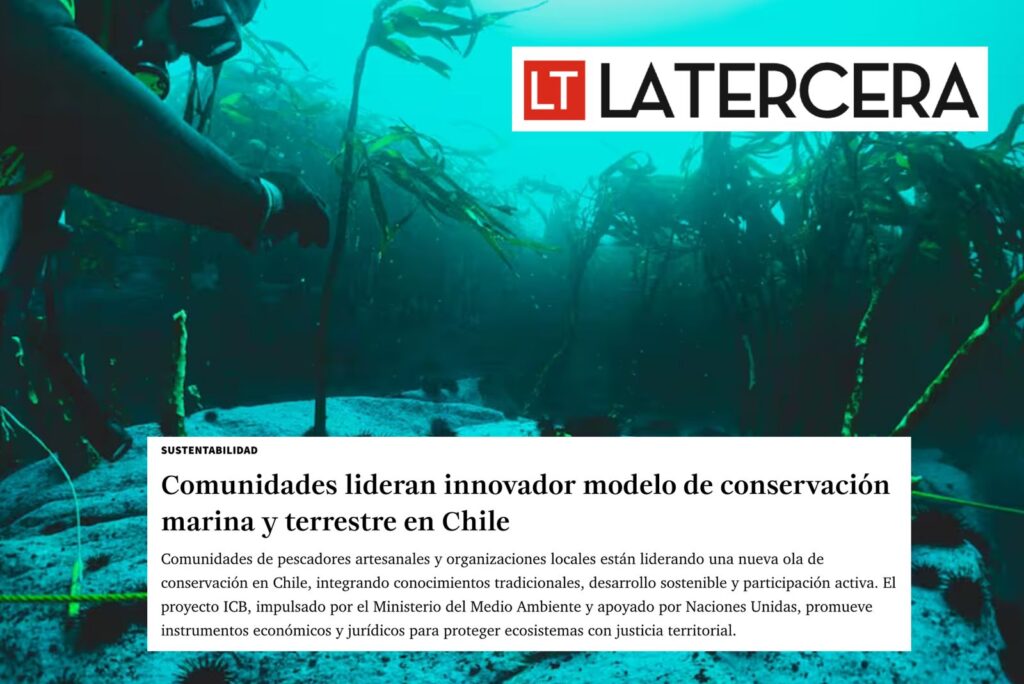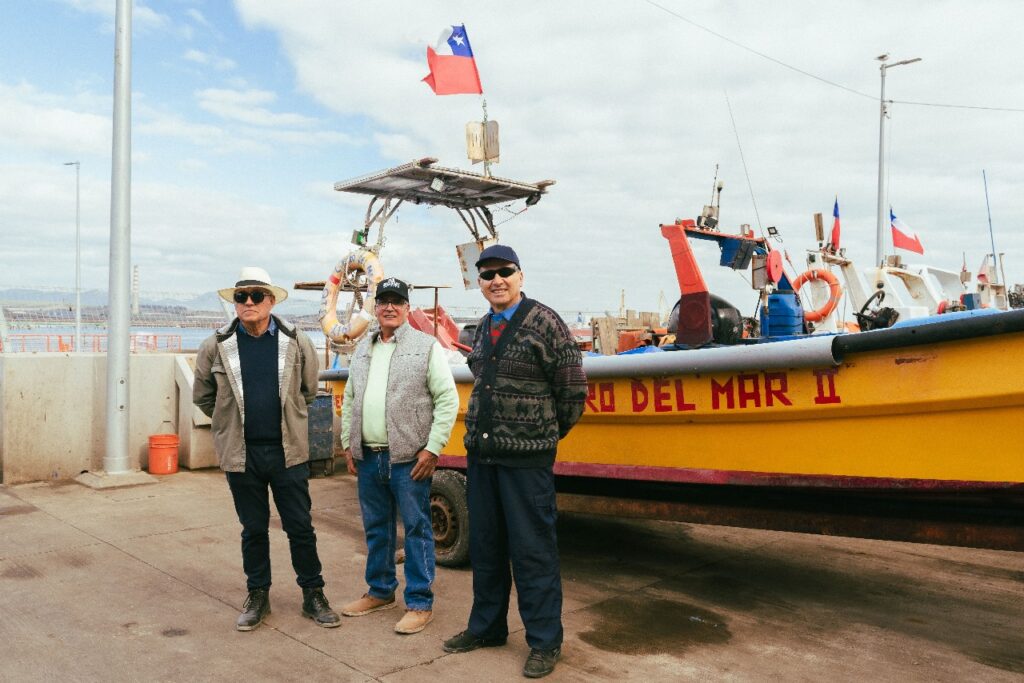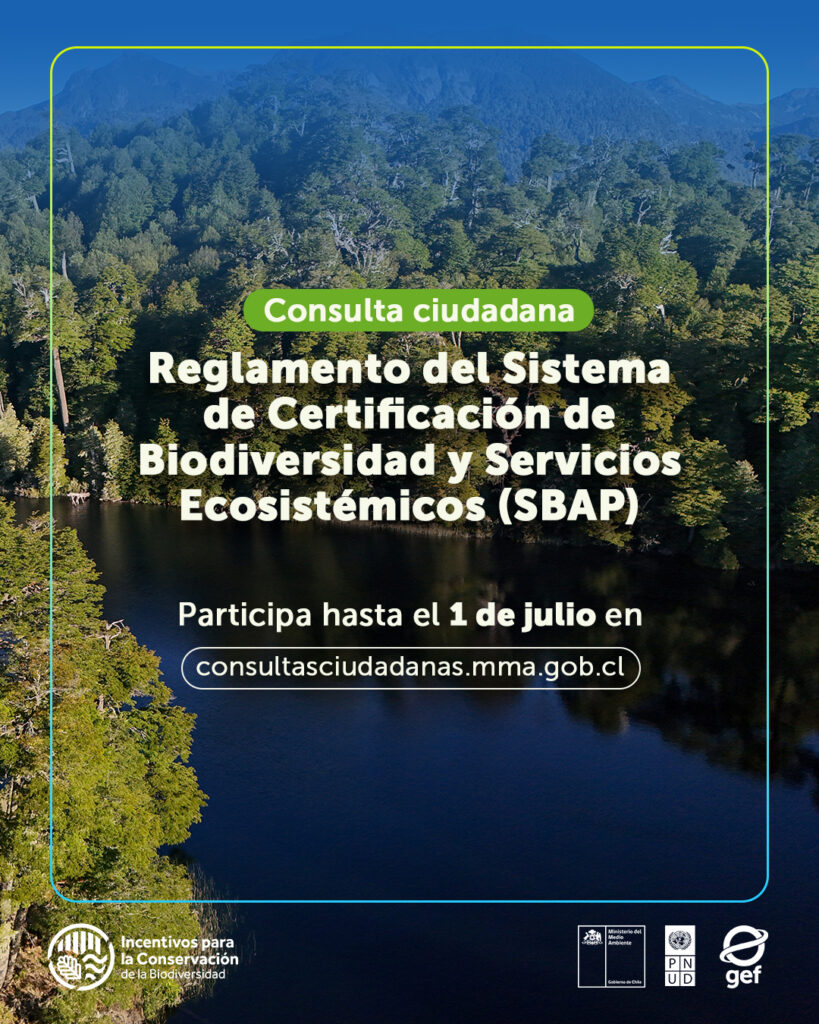Incentives for Biodiversity Conservation
Project
The " Incentives for Biodiversity Conservation" project (IBC) seeks to contribute to biodiversity conservation in Chile by implementing and strengthening regulatory and market-based instruments adapted to local contexts and designed to generate incentives that promote the provision of ecosystem services in the country.
Demonstration Experiences
This component aims to apply and implement three instruments in six demonstration experiences in central and southern Chile, evaluating their functioning and adaptation to local realities.
Actions
The project develops actions to strengthen the design and implementation of regulatory and economic instruments for biodiversity conservation, based on three key components: regulatory and governance framework; demonstration experiences in central and southern Chile; and knowledge management and learning.
Economic
Instruments
Economic instruments for biodiversity conservation are public policy tools used to generate economic incentives that encourage the conservation and sustainable use of biodiversity and promote the mobilization of funding for environmental protection.
Learn more about the benefits of ecosystem services and the economic instruments we are promoting for their conservation.
News
Calendar of Activities
No hay eventos para mostrar
Frequently Asked Questions
At the request of the Government of the Republic of Chile, represented by the Ministry of the Environment. The United Nations Development Programme (UNDP), through its Chile Country Office, is providing technical assistance for the project: "Economic Instruments for Biodiversity Conservation."
UNDP Chile (Chile | United Nations Development Programme) is the United Nations agency responsible for working in countries and territories to help eradicate poverty, reduce inequalities and exclusion, and build resilience so countries can progress. As a UN development agency, UNDP plays a fundamental role in helping countries achieve the Sustainable Development Goals.
The Global Environment Facility (GEF) provides financial resources to developing countries and countries with economies in transition to implement the Convention on Biological Diversity (CBD). The objective of the GEF-8 Biodiversity Focal Area Strategy (2022-2026) is to conserve, utilize, and restore globally important biological diversity. To achieve this goal, GEF-8 investments focus on three main objectives:
- Enhance the conservation, sustainable use, and restoration of natural ecosystems.
- Effectively implement the Cartagena and Nagoya Protocols.
- Increase domestic resource mobilization for biodiversity.
Chile has carried out significant efforts aimed at the conservation and sustainable use of biodiversity. Chile's biodiversity constitutes a unique natural heritage, given its geographical isolation, which favors the development of diverse types of ecosystems, including in land, continental aquatic, marine, costal and oceanic islands ecosystems.
In this context, the EIBC Project seeks to contribute to biodiversity conservation in Chile by implementing and strengthening regulatory and market-based instruments adapted to local contexts and designed to generate incentives that promote the provision of ecosystem services in the country.
The country's ecosystems and their biodiversity provide important goods and provisioning, regulating, and cultural ecosystem services (ES) and that directly or indirectly impact human well-being and Chile's economic development, based on the extraction and export of natural resources by the mining, energy, forestry, agricultural, fishing, and tourism sectors. Additionally, marine biodiversity offers a variety of resources for the fishing sector. Given the role that biodiversity plays in the national economy and social well-being, its degradation generates significant natural and socioeconomic impacts on a local, national, and global scale.
The project integrates approaches to governance, participation, territory and safeguarding of social affairs, gender, and indigenous matters.
To achieve its purpose, its strategy is structured in three interrelated components, considered drivers of change:
Component 1. It proposes the creation and strengthening of an intersectoral governance system with multiple stakeholders at the national, regional, and local levels, which will provide technical and strategic support for the development, optimization, and validation of economic and regulatory instruments for biodiversity conservation.
Component 2. It proposes the development of demonstration experiences in replicable situations in various ecosystems which belong to the Chilean biodiversity hotspot. The development of DEs will enable the implementation, optimization, and validation of the EIBCs.
Component 3. This component seeks to manage the knowledge generated and raise awareness among stakeholders through the implementation of an effective communications strategy with a focus on gender and Indigenous issues, and a capacity-building plan.
The Central Zone covers the Valparaíso region and includes the Ventanas and Maitencillo territories.
The Southern Zone covers the Los Ríos and Los Lagos regions and includes the Mashue, Liquiñe, Chepu, and Lafken Mapu Lahual territories.
The direct beneficiaries are communities of small producers organized in Rural Drinking Water Committees (CAPRs, by its Spanish acronym), artisanal fishermen's organizations and unions, institutional officials, and other stakeholders.


